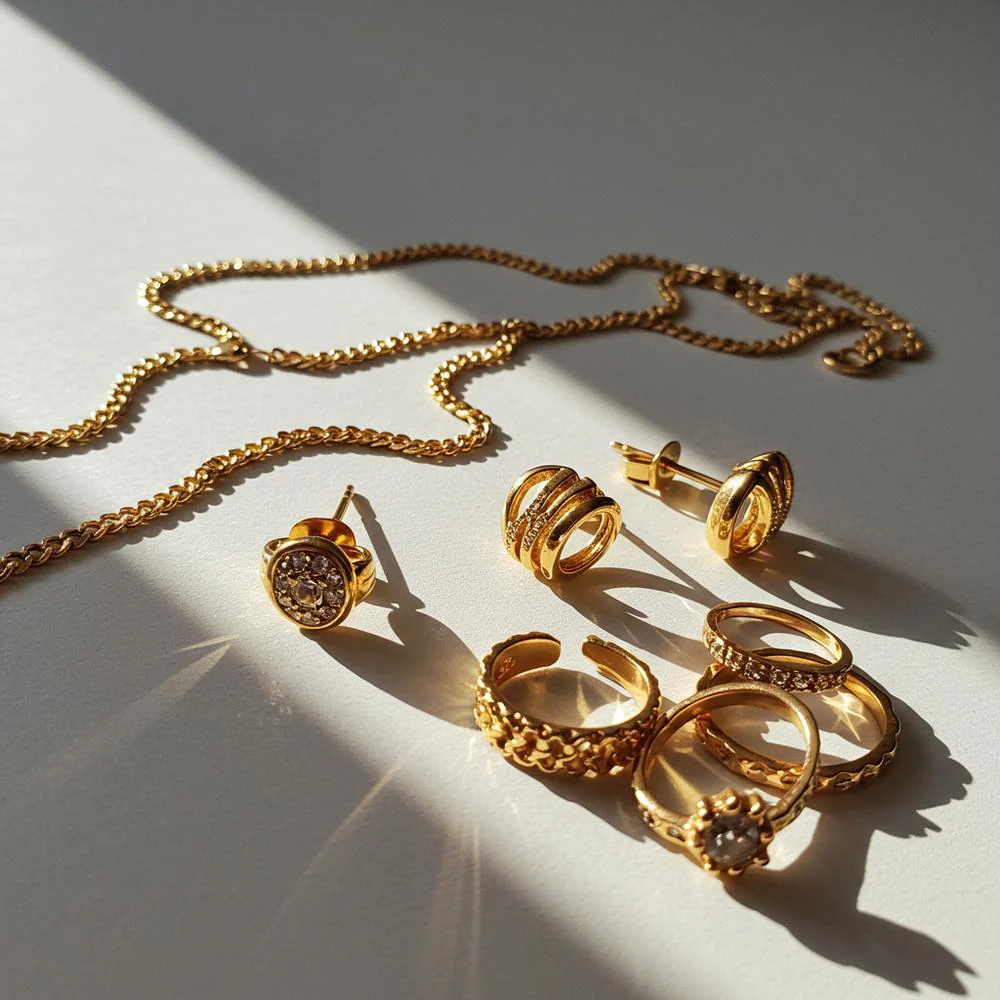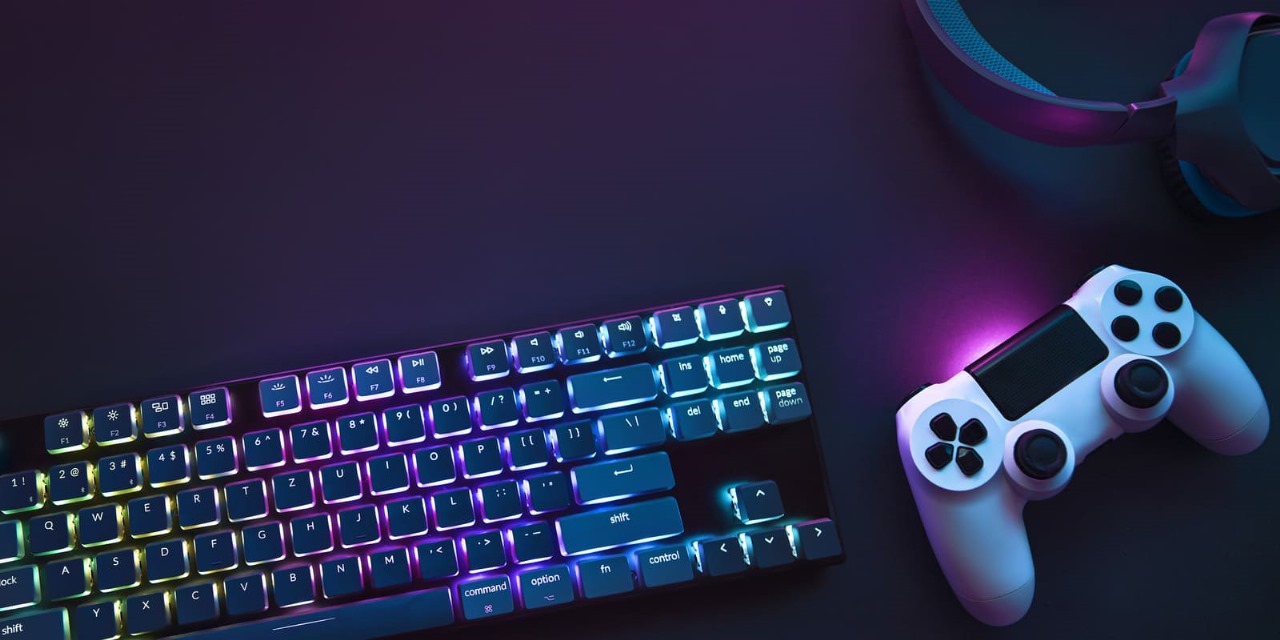
Understanding Fly Fishing Rod Basics
For both novice and seasoned anglers, understanding the nuances of fly fishing rods is crucial to enhancing your fishing experience. The right rod not only makes casting effortless but also increases your chances of landing a catch. Whether you’re searching for the Best fly fishing rods or simply looking to learn more, this guide will cover essential information to help you make an informed choice.
What Makes Fly Fishing Rods Unique?
Fly fishing rods are fundamentally different from traditional fishing rods in terms of design and function. They are typically longer, made from lightweight materials, and feature guides along their length that allow for the smooth passage of line. The construction of these rods facilitates a unique casting technique where the weight of the line, rather than the lure or bait, is the primary driver for casting distance and accuracy.
The Essential Components of a Fly Rod
A fly rod consists of several vital components:
- Blank: The main body, usually made from graphite or fiberglass, that dictates the rod’s strength and flexibility.
- Guides: The rings through which the line passes. Quality guides reduce friction and wear.
- Reel Seat: The part where the reel attaches. A strong reel seat ensures a secure connection.
- Handle: Typically made from cork or foam, it provides the angler with a comfortable grip.
- Tip: The top section of the rod, crucial for sensitivity to bites.
Types of Fly Rods: An Overview
There are several types of fly rods tailored for different fishing situations:
- Single-Handed Rods: Ideal for general freshwater fishing, usually ranging from 7 to 9 feet in length.
- Double-Handed Rods: Often used for larger fish species and in larger bodies of water, providing more leverage and casting power.
- Spey Rods: Specifically designed for casting without a back cast, excellent for river fishing.
- Switch Rods: A hybrid between single and double-handed rods, offering versatility in various fishing conditions.
Criteria for Selecting the Best Fly Fishing Rods
Choosing the right fly rod can dictate your success on the water. Here are critical considerations to keep in mind.
Weight and Length Considerations
Rods come in varying weights, typically measured in grams, which affect how they perform with different types of flies and lines. A weight designation is used to describe the rod’s line compatibility. Common weights range from 1 to 12+ with general guidelines:
- 1-3 Weight: Ideal for small streams and delicate presentations
- 4-6 Weight: Suitable for most freshwater applications
- 7-9 Weight: Designed for larger fish species and saltwater fishing
The length of the rod typically varies from 7 to 10 feet. Longer rods facilitate better casting distance and line control, while shorter rods offer better maneuverability in tight spaces.
Material Types: Graphite, Fiberglass, and More
The material of the fly rod significantly influences its performance and price. Here’s how they compare:
- Graphite: Lightweight, strong, and offers excellent sensitivity, making it a popular choice among experienced anglers.
- Fiberglass: Heavier and less sensitive but more flexible. Great for beginners due to its forgiving nature.
- Composite Materials: Combine elements of both graphite and fiberglass, aiming to balance sensitivity, weight, and durability.
Actions and Power Ratings Explained
Action refers to how much of the rod bends during casting. There are three primary classifications:
- Fast Action: Bends near the tip, providing powerful casting and better performance in windy conditions.
- Medium Action: Bends throughout the rod, ideal for versatile fishing methods.
- Slow Action: Bends deep into the blank, offering a softer presentation, which is beneficial for delicate casting.
Power ratings describe the rod’s strength and are typically categorized from light to heavy, which aids in categorizing the type of fish an angler can target.
Top Performance Features of the Best Fly Fishing Rods
Finding a high-quality fly rod involves assessing various performance features that can enhance your fishing experience.
Guides, Reel Seats, and Handle Styles
The quality of the rod guides and reel seat is often just as critical as the rod blank itself. Look for:
- Durability: Guides should be made from materials that resist corrosion and wear.
- Placement: Properly positioned guides help control line flow and improve casting efficiency.
- Comfort: The handle style is essential for ensuring comfort during prolonged use. Ergonomically designed handles reduce fatigue.
The Importance of Rod Balance and Sensitivity
A well-balanced rod enhances casting accuracy, reduces fatigue, and improves the connection between the angler and the fish. Sensitivity is vital for detecting subtle strikes, making lightweight materials and proper rod construction key aspects in this area. A rod that balances well in your hand allows for longer fishing sessions without discomfort.
Comparing Freshwater and Saltwater Rod Specifications
Freshwater rods are typically lighter and more sensitive, designed for smaller species and delicate presentations. In contrast, saltwater rods are built to handle heavier lines and larger fish. Important specifications include:
- Corrosion Resistance: Saltwater rods must resist the damaging effects of salt.
- Line Weight: Often heavier to handle larger species such as tarpon or bluefish.
- Durability: Heavier construction materials to withstand harsher conditions.
Best Fly Fishing Rods for Different Skill Levels
Choosing a fly rod based on your skill level can make a significant difference in your fishing outcomes. Here’s a breakdown for different levels of experience.
Choosing Rods for Beginners
Beginners should prioritize ease of use and comfort. The best rods for new anglers are those that offer forgiving actions and a moderate weight, allowing practice without excessive frustration. Look for:
- Rods that are versatile across various conditions.
- Medium action rods that provide good feedback without overwhelming the angler.
- Fiberglass options that are more forgiving and less expensive.
Intermediate Rods: Balancing Technique and Quality
Intermediate anglers should seek rods that enable them to refine their technique. Key features to look for include:
- Fast action rods for increased accuracy and distance.
- Lightweight graphite options that provide better sensitivity without sacrificing strength.
- Specific weight ratings based on target species, allowing versatility in different fishing situations.
Advanced Options for Proficient Anglers
Seasoned anglers often desire top-tier rods that can master specialized techniques. Look for:
- Premium materials that enhance performance.
- Customizable features for fine-tuning actions and specifications to individual preferences.
- Rods designed for niche applications, such as spey fishing or saltwater conditions, with superior sensitivity and durability.
Budget-Friendly to Premium Options: Finding Your Best Fly Fishing Rods
The market offers a vast range of pricing for fly rods. Whether you are looking for budget-friendly options or willing to invest in premium gear, understanding their value is crucial.
Identifying Value in Quality Rods
Value does not always equate to price. Here are tips for identifying value in fly rods:
- Assess quality vs. price based on materials and construction.
- Read reviews and seek feedback from fellow anglers about their experiences with specific rods.
- Consider lifetime warranties and customer service when evaluating the overall value of a rod.
Best Fly Fishing Rods Under $200
While premium rods can exceed several hundred dollars, numerous quality options are available for under $200. Brands often offer entry-level rods with solid performance, increasing accessibility for new anglers. Look for:
- Medium action rods made from quality materials to provide a balance of price and performance.
- Versatile weight ratings that can handle various fishing conditions.
Investing in Premium Fly Rods: Is It Worth It?
Premium fly rods often come with significant improvements in performance, weight, and resilience. For serious anglers, investing in high-quality poles can lead to:
- Enhanced casting distance and accuracy.
- Better durability against wear and tear from heavy use.
- Increased sensitivity to bites, leading to higher catch rates.
Ultimately, weighing the pros and cons of investing in a premium rod often results in improved experiences and outcomes on the water.





